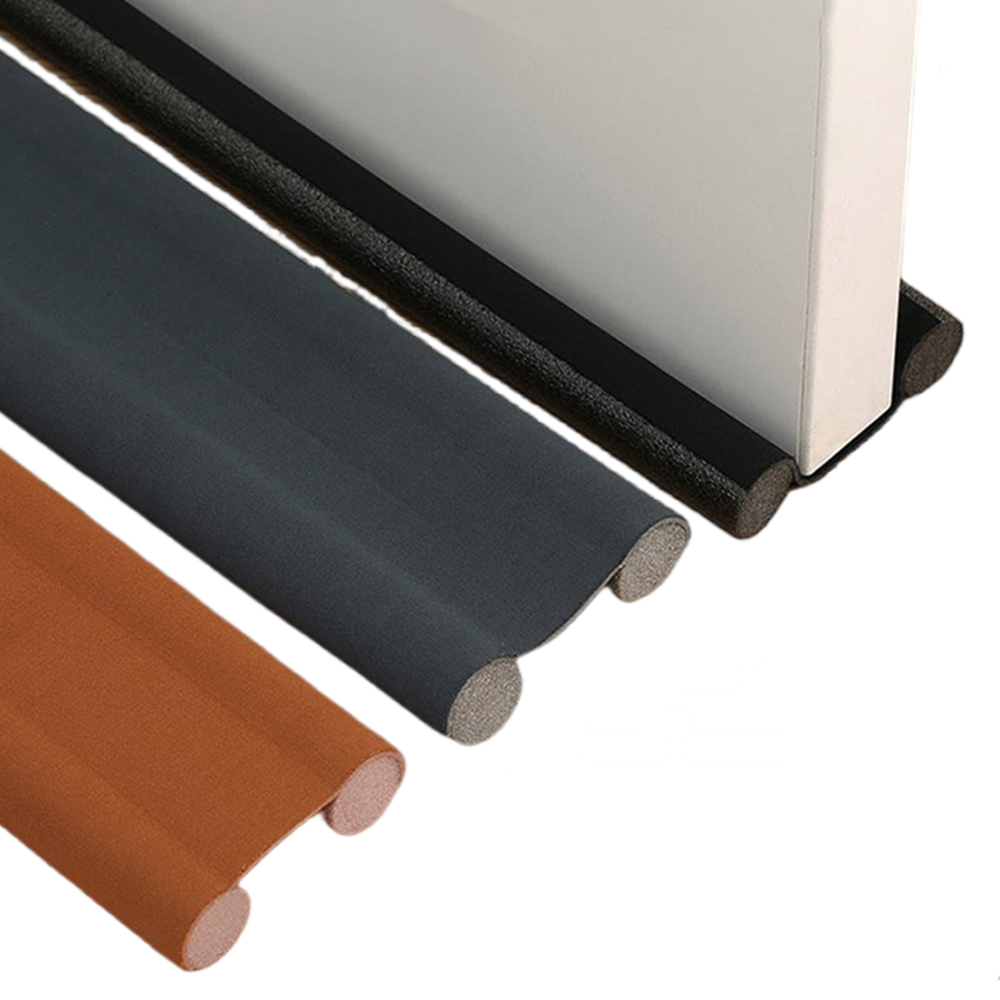Effective Solutions for Exterior Wall Drainage Systems to Prevent Water Damage and Structural Issues
Exterior Wall Drainage Mat An Essential Component for Building Longevity
When it comes to building construction, effective water management is crucial for maintaining the longevity and structural integrity of a building. One critical element in managing water is the exterior wall drainage mat. This unsung hero often goes unnoticed, hidden behind walls and facades, yet it plays a vital role in protecting buildings from moisture-related issues.
Understanding Exterior Wall Drainage Mats
Exterior wall drainage mats are specialized barriers designed to prevent water accumulation against a building's exterior walls. They are typically made from materials such as high-density polyethylene (HDPE) or similar polymers that are resistant to water and provide a durable solution for moisture management. These mats are installed during the construction phase, positioned between the building's structural wall and exterior cladding, such as brick, stone veneer, or siding.
How Do Drainage Mats Work?
The primary function of an exterior wall drainage mat is to create a drainage plane that facilitates the movement of moisture away from the wall. When rainwater, snowmelt, or condensation occurs, it can seep into the wall assembly. If not properly managed, trapped water can lead to mold growth, wood rot, corrosion, and a host of other structural problems.
The design of drainage mats typically includes a series of channels or dimpled surfaces that direct water downward and away from the building. This system allows water to flow freely while providing a barrier to prevent moisture from penetrating the interior walls. The result is a drier, healthier building environment, reducing the potential for costly repairs and renovations.
Benefits of Installing Exterior Wall Drainage Mats
exterior wall drainage mat

1. Preventing Water Damage One of the most significant advantages of using drainage mats is the protection they offer against water damage. By redirecting moisture away from the wall, these mats help to mitigate the risk of issues such as mold, mildew, and structural decay.
2. Enhancing Energy Efficiency Excess moisture can compromise insulation materials, leading to inefficiencies in heating and cooling. By maintaining a dry wall assembly, drainage mats contribute to a building's overall energy efficiency, helping to lower utility costs.
3. Extending Building Lifespan The long-term protection offered by drainage mats can significantly extend the lifespan of a building. By preventing moisture-related issues, they help preserve the structural integrity and aesthetic appeal of the exterior facade.
4. Cost-Effective Solution While the initial investment in drainage mats may seem significant, the long-term savings associated with reduced maintenance, potential health risks from mold exposure, and increased energy efficiency often far outweigh the upfront costs.
Installation Considerations
Installing exterior wall drainage mats requires careful planning and execution. It is essential to follow manufacturer guidelines and work with experienced professionals to ensure proper integration with other elements of the building envelope. Factors such as climate, building materials, and site conditions should also be taken into account to achieve optimal performance.
Conclusion
In conclusion, exterior wall drainage mats serve as an essential component in modern building construction. Their ability to facilitate moisture management not only protects the building's structural integrity but also enhances energy efficiency and promotes a healthier indoor environment. As builders and property owners increasingly recognize the importance of effective water management, the role of drainage mats in safeguarding investments will only become more vital. By investing in this critical element, you can ensure a resilient and long-lasting structure for years to come.
-
Under Door Draught Stopper: Essential ProtectionNewsJul.31,2025
-
Garage Door Seal and Weatherstrips for ProtectionNewsJul.31,2025
-
Edge Banding Tape for Perfect EdgesNewsJul.31,2025
-
Table Corner Guards and Wall Corner ProtectorsNewsJul.31,2025
-
Stair Nose Edging Trim and Tile Stair SolutionsNewsJul.31,2025
-
Truck Bed Rubber Mats for Pickup BedsNewsJul.31,2025
-
Window Weather Stripping for Noise ReductionNewsJul.29,2025